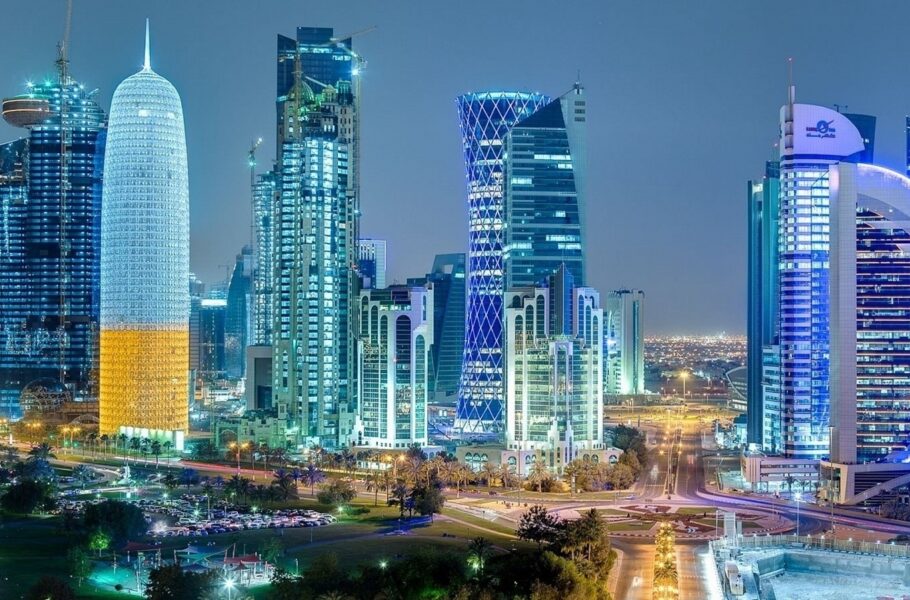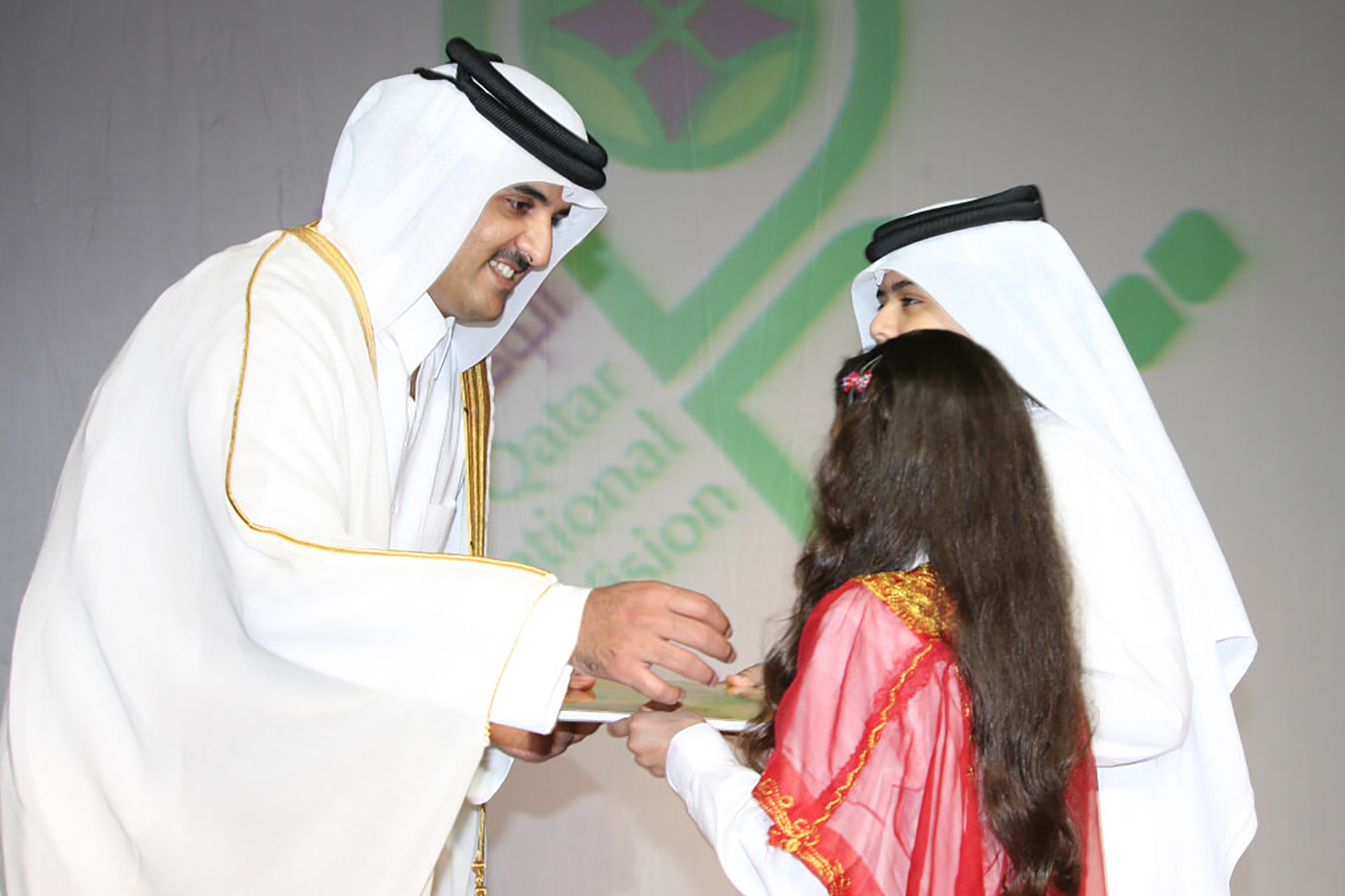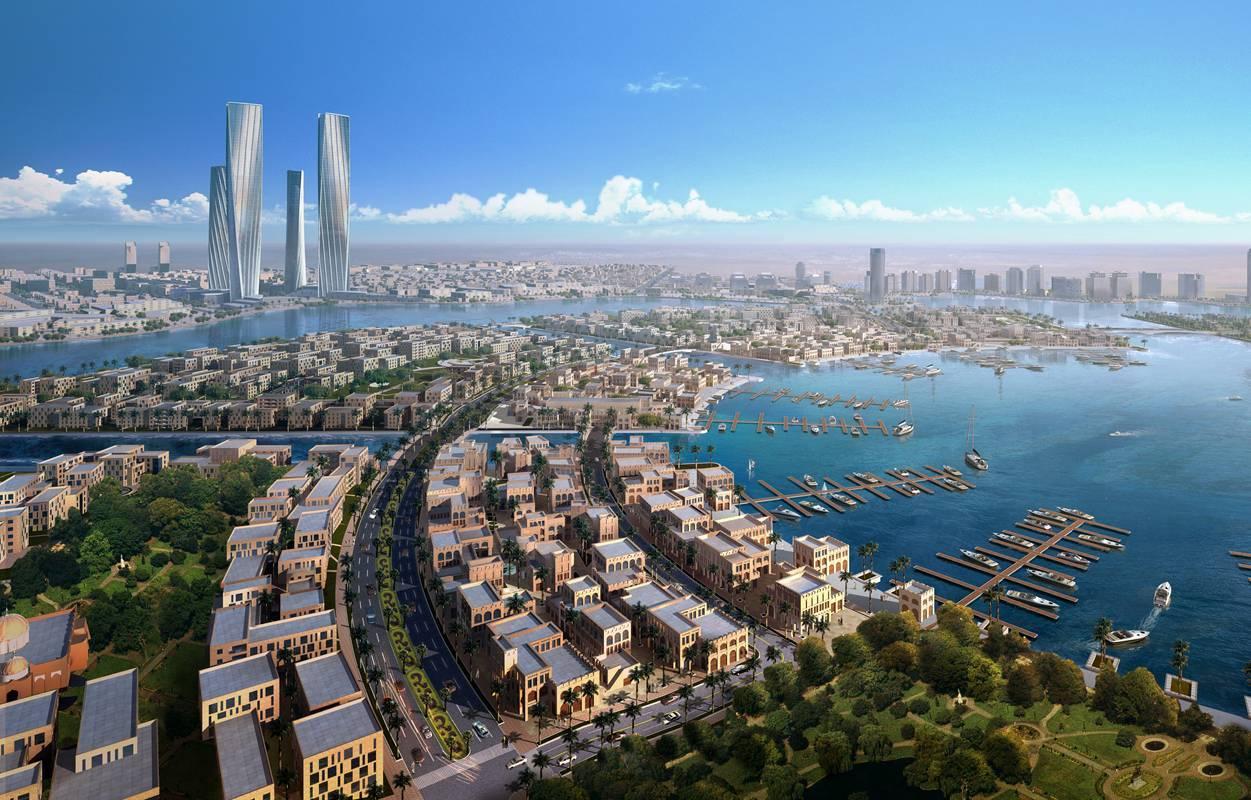
In a comprehensive write-up from last week, we've introduced to our readers the four pillars of the Qatar National Vision 2030 (QNV 2030). With the aim of transforming Qatar into a developed country capable of achieving sustainable development and securing a decent life for its current and future generations 12 years from now, QNV 2030 is achievable through Economic Development, Human Development, Social Development, and Environmental Development.
For this article, we're shining the spotlight on one of QNV 2030's framework for drawing up national development strategies—the Qatar National Development Strategy (QNDS) 2018-2022.
Because the State of Qatar has been keen to be an active member of the international community, it aspires to have a better world of good and peace for all based on the QNV 2030. Through QNDS' goals which are aligned with the targets of the Global Sustainable Development Agenda 2030 adopted by world leaders leaders in 2015, Qatar's year-long aspirations are likely—even after the FIFA World Cup 2022 concludes.

With that, listed below are some of the State's development strategies geared to make the QNV 2030 swiftly come to life:
Water and sanitation services are two of the primary concerns of the State. This includes the attainment of efficient production and sustainable use of water within the framework of the Integrated Water Resources Management (IWRM).
As desalination is one of the main sources of water supply in Qatar amid the increasing population, the State has adopted the expansion of water supply pipe network as necessary and vital and was able to reduce the total and real water losses to 10% in 2016 through Tarsheed programme which reduced the per capita consumption of electricity by 14% and water by 15%.
In affirmation of its adoption of this course, Qatar has been keen to rely on non-alternative energy as another source of electrical energy.
Qatar aspired that its overall urban plan will be the spatial translation of QNV 2030 and a strategic guide to the management and development of inclusive, safe, and sustainable communities such as smart cities and villages are on their way in order to improve the quality of life and provide a decent living for its inhabitants.
As such, Qatar has constructed schools, universities, hospitals and libraries, as well as communication and transport networks including the soon-to-open Doha Metro train project.

The urban plan has also provided green spaces which, according to the latest statistics, reached 1.3 million square meters to improve the quality of life and make Qatar an attractive place to live in. The State is also constantly building up modern facilities to be ready for the 2022 FIFA World Cup which will be a unique opportunity for the world to learn about the high level of sustainable development in Qatar.
Qatar also seeks to combat pollution and greenhouse gas emissions associated with modern cities and is working strongly on mitigating climate change impacts to create a clean environment in which people enjoy a healthy life.

Qatar, in accordance with its QNV 2013, aspires to optimize investment in natural resources without prejudice to the rights of future generations.
The State has come a long way in protecting, restoring and promoting the sustainable use of terrestrial ecosystems, combating desertification and protecting biodiversity. It is also noted that the total protected area represents 30% of Qatar's total area, which is one of the highest rates in the world.
Qatar has also adopted numerous initiatives in UNESCO, UNRWA, UNHCR, and others.
It has further created a number of international initiatives, such as Silatech, which aims at creating job opportunities for young people, in developing countries and 'Educate a Child' programme, which aims at re-enrolling 10 million children in schools around the world.
The story of renaissance is ongoing on our land and we seek to achieve our national vision and mission based on the principles of the Universal Declaration of Human Rights.
What do you think are the chances of the QNV 2030 being fulfilled with the help of the above-mentioned development strategies? Are you with Qatar on its ambitious aims? Drop us a line in the comments and also, don't forget to like and share this article—it keeps us going!
Follow us on our social media channels:
![]() @ILQlive
@ILQlive
![]() @ILQlive
@ILQlive
![]() @ILoveQtr
@ILoveQtr
![]() ILoveQatar
ILoveQatar

You have successfully registered your account!
Please confirm your e-mail address by clicking on the URL sent to you.The e-mail usually arrives in 5-10 minutes.
How ajeeb was that!? Thanks for contributing to our community! Your post will appear after we take a quick look!